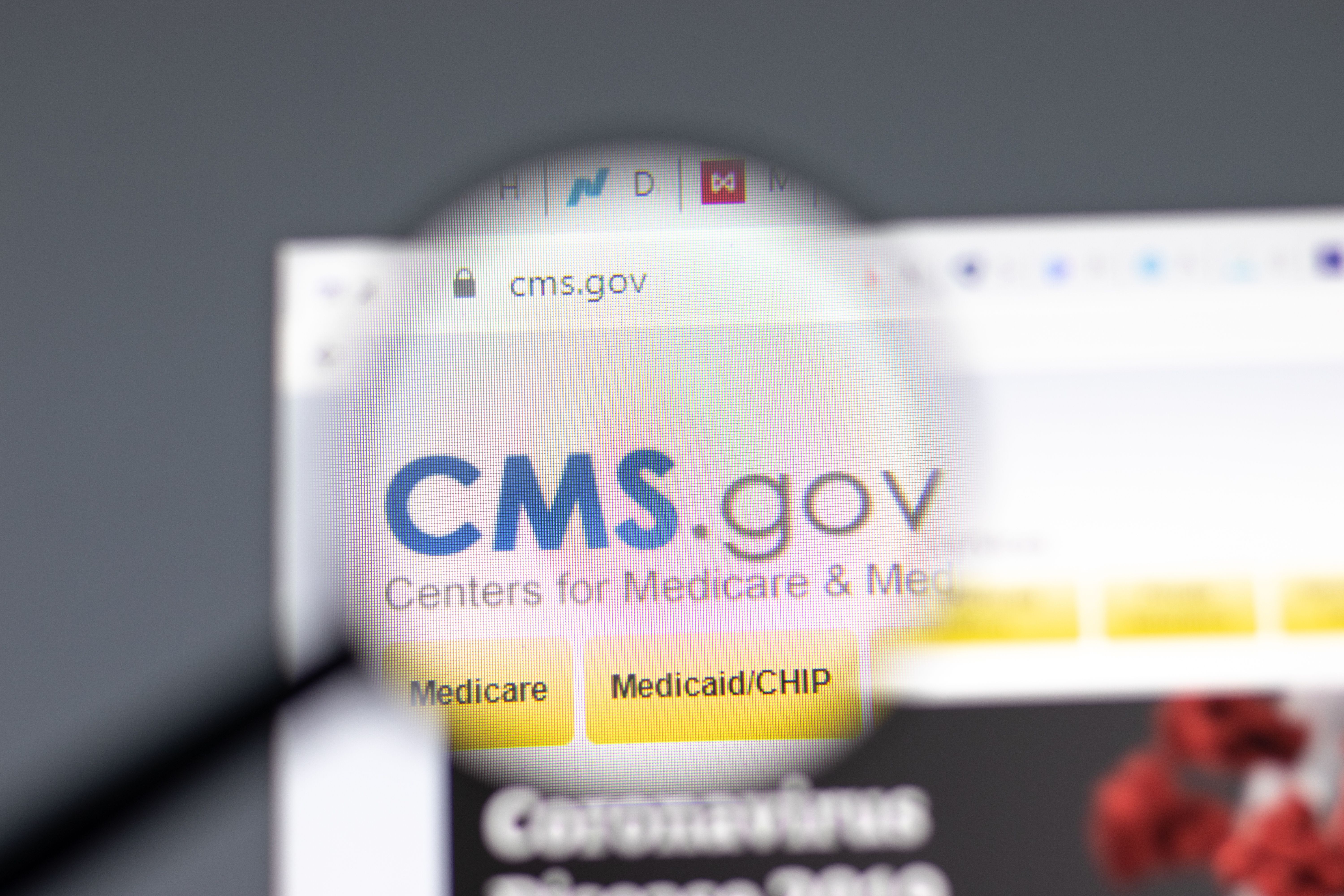Commentary
Article
Expert Panel Addresses Prostate Cancer Misconceptions, Importance of Screening
Author(s):
Panelists from the American College of Surgeons (ACS) and the American Urological Association spread awareness about the realities of prostate cancer, the importance of screening, and ways for men to approach their health concerns and prevention.
Although common, prostate cancer is a disease that is still largely misunderstood, and Prostate Cancer Awareness Month in September serves as an important reminder to consider prostate health and learn about the facts, myths, risks and treatments available to those affected. With advanced prostate cancer incidence on the rise, educating the public on these matters is increasingly important, as experts from the American College of Surgeons (ACS) and the American Urological Association emphasized in a panel discussion.
The panel included James Eastham, MD, FACS, governor of the ACS and chief of Urology Service at the Memorial Sloan Kettering Cancer Center; Kara Watts, MD, associate professor of urology at Montefiore Medical Center; and Kevin Koo, MD, MPH, associate professor of urology at the Mayo Clinic, College of Medicine and Science.
Misconception: There Are Clear Signs and Symptoms to Look Out for
After a brief overview of the prostate and its functions by Eastham, Watts opened the discussion by highlighting that early-stage prostate cancer is not accompanied by many symptoms and is easily overlooked.
“It can get confused with benign enlargement of the prostate, which happens over time—it's very common, especially as male patients are to be over 50 years old. And so it can be confused sometimes with some of the urinary symptoms that come with enlargement of the prostate such as changes in your urinary flow, slow stream, hesitancy or pushing to urinate, or having to urinate more frequently,” Watts said.
Prostate cancer is most manageable in early stages when it may be asymptomatic. Because the warning signs are vague and often fly under the radar, men should feel encouraged to initiate conversations with their clinicians. Identifying risk and treatment paths early is potentially lifesaving.
“I think it's important for men and people who have prostates to think about prostate cancer screening exactly for the reasons that my colleague Dr. Watts has mentioned,” Koo remarked.
The consensus among urologists is that screening is beneficial to begin—or at least consider—at the age of 50; however, other factors may place individuals at higher risk for developing prostate cancer. Black men are currently the most at-risk population; genetic components also effect one’s vulnerability.
Societal Issues Contribute to Inequities and Reluctance
Each expert weighed in on potential challenges men of all backgrounds face when it comes to their prostate health.
Eastham noted the hesitancy of minority groups to seek health care, whether due past events causing mistrust in their clinicians and the health system, or financial barriers limiting their access to services and resources.
Koo echoed these points and, in a similar thread, mentioned how geographical hurdles can physically hinder someone’s access to forms of care. He also commented on how misunderstood and intimate prostate concerns can be. Both factors may make these conversations difficult or uncomfortable to have with a physician in the first place.
“I'd like to also mention that there are broader policy and societal factors at play here, too,” Koo continued. “It wasn't too long ago, about 10 to 15 years ago, when the advice about prostate cancer screening really took a dramatic turn and health professionals were being advised that prostate cancer screening might do more harm than good. We know now that some of those recommendations were misguided or based on misinterpretations of the best evidence we had at the time.”
Eastham went on to describe old screening process that detected elevated PSA levels that seemingly necessitated prostate biopsies. Lots of low-risk prostate cancers were identified, and this led to the overtreatment of many individuals who possibly never needed it. He mentions alternative routes that are now available because “it's not simply you have PSA, you need a biopsy, and if you have any cancer, we need to treat it.”
Watts was largely in agreeance with her colleagues; however, her experience has given her a unique perspective when it comes to thinking through the multifactorial nature of disparities affecting underserved populations. In the Bronx, where she works, the population enduring the greatest mortality ratio is actually non-Hispanic White men: “So while African American Black men do have a higher risk of more aggressive prostate cancer, it is not those men who are being disproportionately affected here . . . the point I want to make here is you have to look at what's happening around you and not assume based on big numbers and studies that we have that that's exactly what's playing out in your area around you.”
Whether an individual is affected by any of these factors, the panelists emphasized the value of connecting with a primary care physician, stating that these conversations will open doors to essential education and treatment paths for patients and clinicians to assess their health needs.
“I like to encourage patients in my clinic to think about their urological health the same way they might think about their car's health,” Koo adds, “You wouldn't necessarily want to wait until there's a major transmission problem before going to seek some care.” He believes regular check-ups provide a great opportunity to raise concerns about any issues, no matter how uncomfortable, because urologists encourage it and “it's easiest to engage in these conversations when we are all advocates for men's urological health.”
Patient Awareness and Education Are Crucial
Prostate biopsies are associated with negative side effects and, as Koo mentioned, previous controversies about the efficacy of biopsies can lead some patients to “shy away from the conversation about prostate cancer screening.”
Two beneficial innovations in prostate cancer treatment include active surveillance and focal therapy.
Eastham details how “active surveillance is a management strategy. It’s not benign neglect.” Essentially, this approach involves intermittent check-ins that usually analyze PSA levels to reassess a patient’s risk. This treatment is applied for those identified with low-risk prostate cancers to monitor any progression that could inform next steps.
Focal therapy is when treatment is solely applied to the most aggressive or important area of a patient’s prostate cancer, Watts explains. She notes how this method minimizes side effects and is especially beneficial because it preserves the rest of the organ. There are many options within this therapy as well, including cryotherapy, needle-based therapy, irreversible electroporation, focused energy ablation with heat (HIFU) and photodynamic therapy.
Eastham particularly believes in earlier PSA testing between 40 and 50 years of age. Getting a baseline risk assessment, he comments, can help indicate the future course of your treatment, whether you will need treatment, or if you are at risk at all.
Even if screening leads to a diagnosis, Watts and Koo encourage patients to “take a deep breath.” No decisions on treatment need to be made right away, and taking the time to get informed by trusted officials and clinicians will be a tremendous tool for managing care moving forward.
In their concluding remarks, the experts reiterate that Prostate Cancer Awareness Month should be an opportunity assuage any fears patients may have about screening and discussing these issues with clinicians. This month is about prostate health, education, and taking action for one’s own wellbeing.





